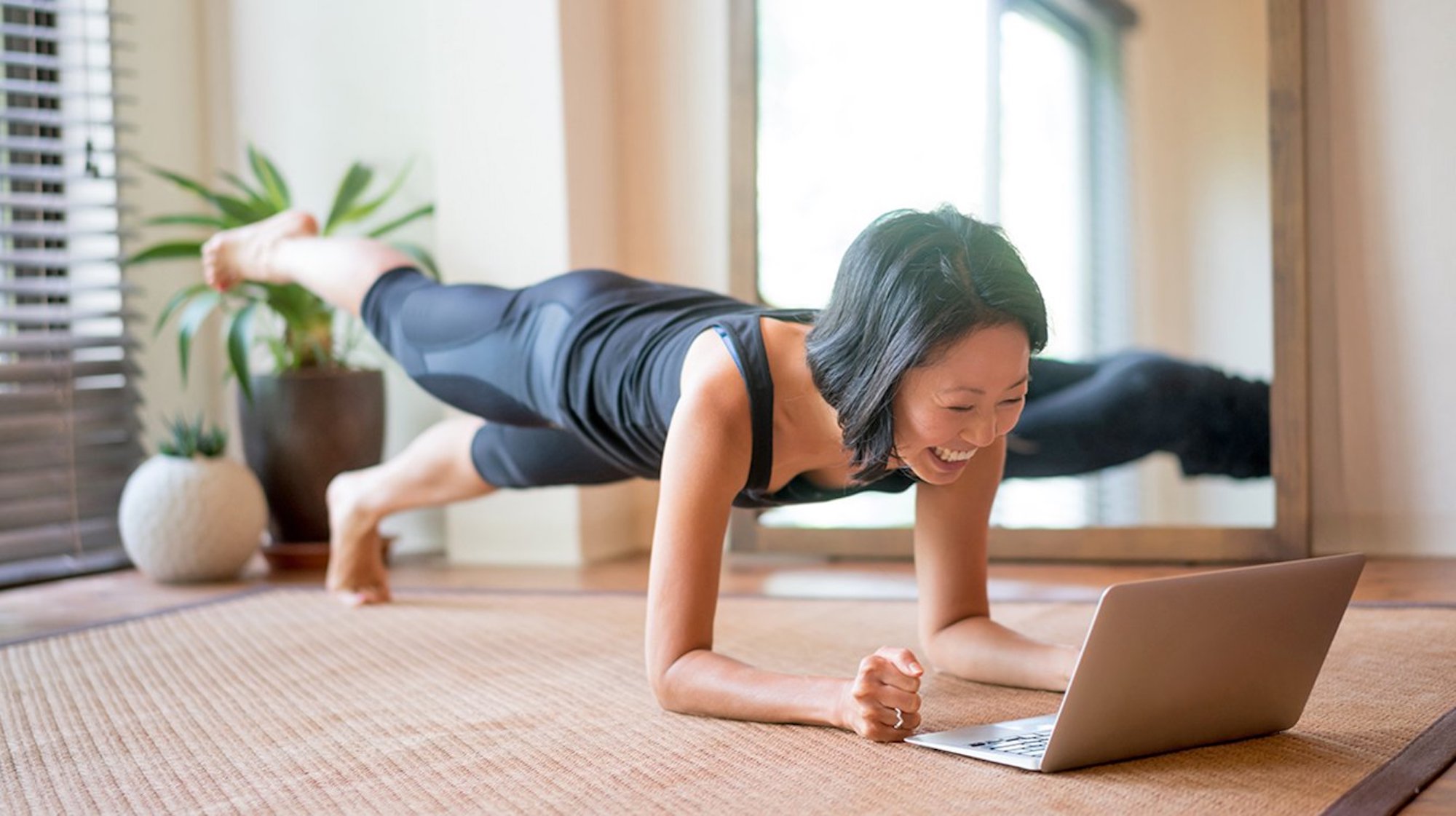
05 Sep A Helpful Guide for Pilates at Home
If you’ve never done Pilates before, know that it can benefit every single type of athlete out there, even if you’re used to more intense workouts). It also provides a great complement to your regular workouts, as if – for example – you are someone who likes HIIT workouts, Pilates is a great recovery day workout. That’s because it’s low impact and gentle on the body as it boosts your posture, strength, and flexibility. The mechanics of Pilates help strengthen your body, resulting in not only a stronger but more open and flexible build. You’ll feel invigorated, refreshed, and worked out, and adding that it can be done every day without necessarily needing a rest day.
Though classical Pilates studios tend to use equipment like the Reformer, mat Pilates can be done with smaller workout tools or nothing at all. As you’ll see throughout our Live Stream classes, Pilates can be done with and without special equipment. It can be done with no props, though often the props – which can include foam rollers, TheraBands, and other tools – can significantly enhance the results.
Reformer Vs On The Mat
The biggest difference between at-home Pilates on the mat versus a workout in the studio – particularly the reformer modality – lies in the resistance factor. On the reformer equipment, spring can be calibrated to add an assistive or resistant component, but that’s where we get clever in using props to create a similar challenge. If you’d like to step up to the challenge, check out our selection of equipment.
What to know about Pilates workouts
1. Your core is going to get activated: If there’s one thing that you hear about Pilates time and time again, it’s the fact that the fitness modality is all about your core. One of the ways Pilates is so effective is that typically your core is engaged in every exercise. So even if the move that you’re doing feels as though it’s focusing on your glutes or your legs, know that there’s a huge chance that your core muscles are being activated in some way or another as well.
2. Pay special attention to your breath: Just as yoga has yogic breath, Pilates has its own suggested way of breathing. Yout teacher will typically prompt you on your inhales and exhales, and she’ll probably tell you that you shouldn’t be breathing into your belly in Pilates. You should breathe into the backs and sides of your ribs instead. A good tip to practice this is to begin by placing your hands on your ribs, fingers in front, and thumbs wrapped to the back of your ribs. Take a gentle breathe as you try to fill the backs and sides of your ribs and on the exhale, soften your breastbone and front ribs down towards the floor. Let your ribs soften down and together.
3. Consider investing in Pilates props: At-home Pilates equipment that you can get to upgrade your workout includes a TheraBand, and foam roller, along with a light set of dumbbells, an inflatable ball, and a Pilates ring. And a mat, if you don’t have one already.
4. Pilates on the mat is more challenging than it looks: Don’t let the cushy mat fool you – mat Pilates is gonna make you sweat! While the large pieces of Pilates Reformer equipment can offer an assistive component, Pilates on the mat will use a series of bodyweight and resistance exercises that are largely unassisted. It forces you to connect to your core with no help, which is largely why Pilates is a favorite for dancers looking for a six-pack.
5. Look for modifications: When you’re starting out, it can be challenging to go directly into a full side plank or a seated forward stretch with straight legs, but as your teacher will let you know, most Pilates exercises can be modified until you build the strength to execute them to the full extent.
At your next class, try what feels good, push yourself and, if needed, go back to what felt better. The key is to consistently build awareness so you can gauge your progress from session to session, have fun during your workout, and feel accomplished afterward.
